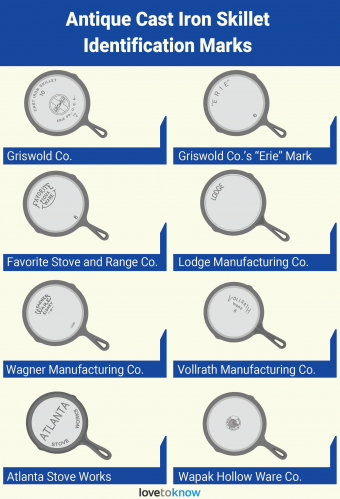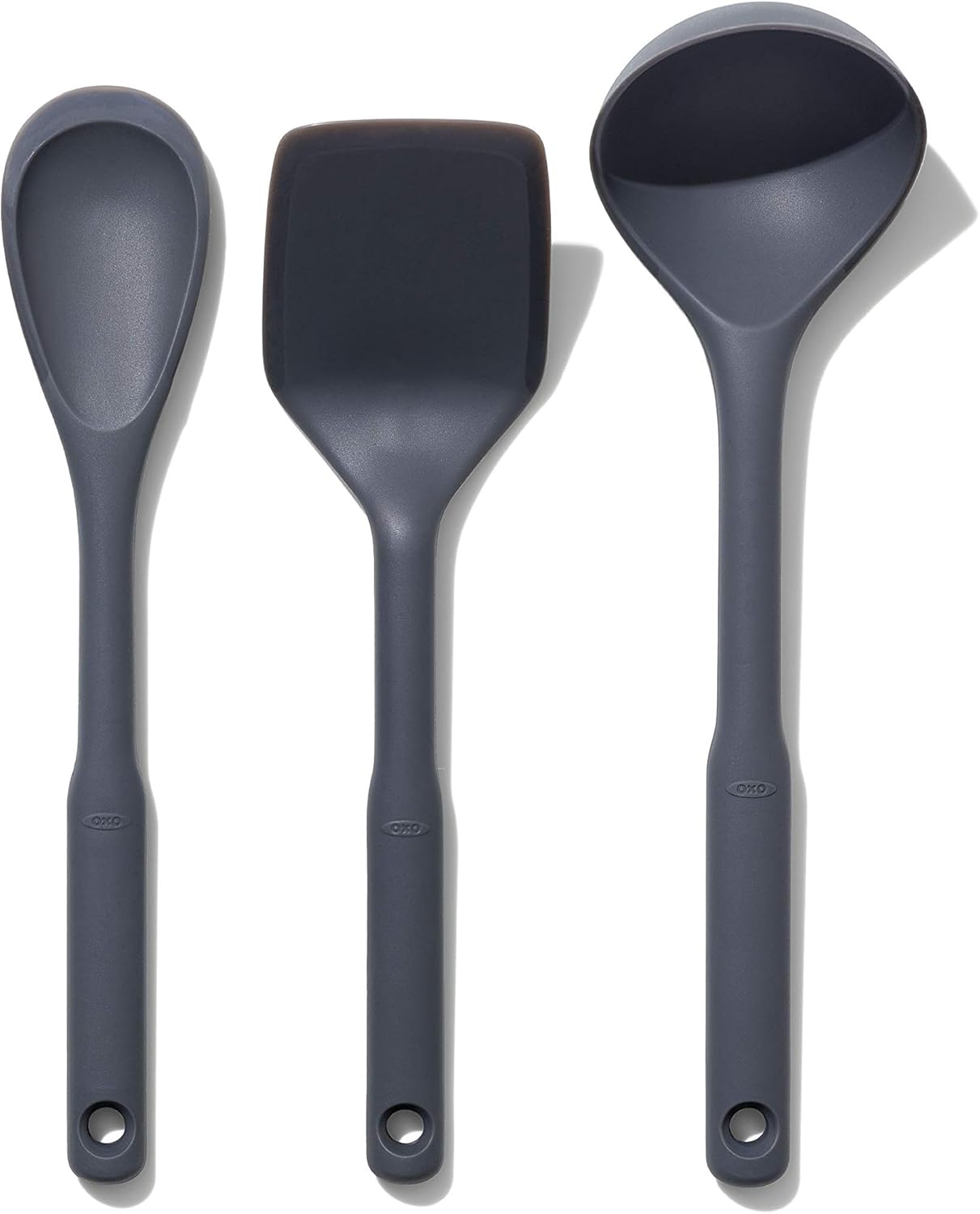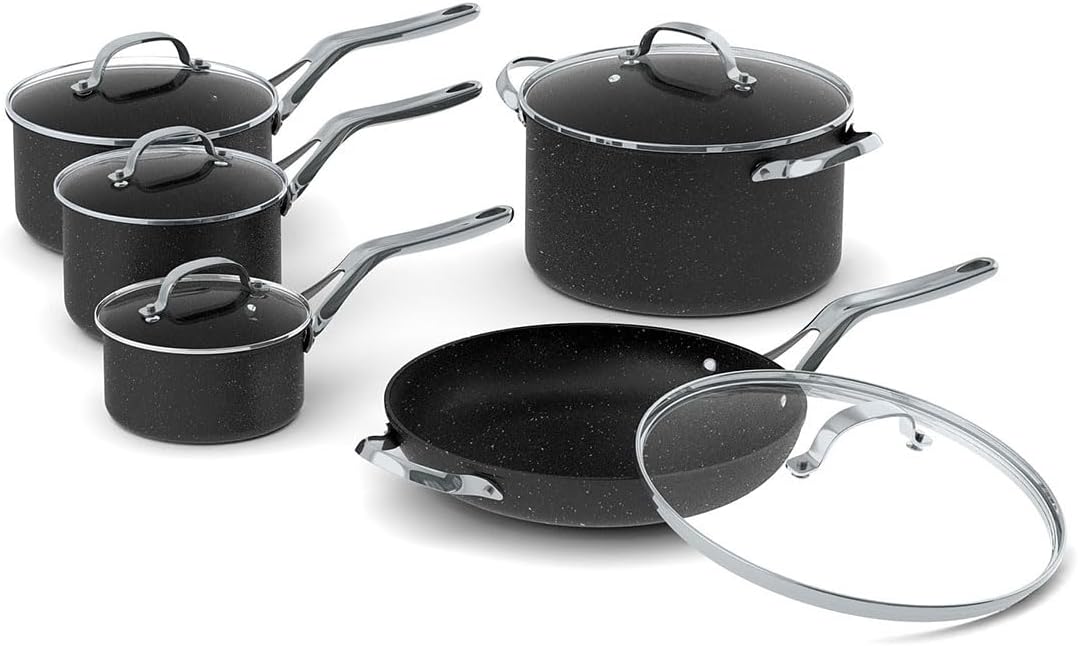Cast iron cookware is popular among home cooks and chefs alike. Its durability and excellent heat retention make it a favorite for many recipes.
Knowing how to identify cast iron cookware can enhance your cooking experience and help you choose the right pieces for your kitchen. Identifying cast iron cookware involves understanding its features, brands, and markings. Many people may find it confusing at first.
With a little guidance, anyone can learn to recognize quality cast iron pieces. This skill not only helps in selecting cookware but also in understanding its history and value. Whether you’re a novice or an expert, recognizing cast iron cookware can lead to better cooking and a more enjoyable kitchen experience. Discover the essentials of cast iron identification in this guide.

Credit: m.youtube.com
The Allure Of Cast Iron Cookware
Cast iron cookware has a charm that few can resist. Its rich history and durability attract many home cooks. Each piece tells a story. This cookware is more than just a kitchen tool. It offers a unique cooking experience.
Timeless Appeal
Cast iron cookware has stood the test of time. It dates back hundreds of years. Here are some reasons for its enduring popularity:
- Durability: Cast iron can last for generations.
- Natural Non-Stick Surface: With proper care, it develops a natural non-stick coating.
- Classic Design: Its rustic look fits any kitchen style.
Many chefs prefer cast iron for its ability to retain heat. It heats evenly, making cooking consistent. This cookware can go from stovetop to oven easily. It is perfect for baking, frying, or sautéing.
Culinary Versatility
Cast iron cookware is versatile. It can handle various cooking methods. Here are some ways to use it:
- Frying: Ideal for frying chicken or vegetables.
- Baking: Great for cornbread or pizza.
- Searing: Perfect for steaks and fish.
- Slow Cooking: Works well for stews and casseroles.
Use it on any heat source. It works on gas, electric, and even open flames. The possibilities are endless. Cooking in cast iron enhances flavors. It adds a unique taste that other cookware cannot match.
Historical Significance Of Cast Iron
Cast iron cookware has a rich history that spans centuries. Its durability and versatility made it a staple in kitchens around the world. Understanding its historical significance helps us appreciate its value today. Below, we explore the roots of cast iron and how its design has evolved.
Roots In Antiquity
The story of cast iron begins in ancient times. Early examples date back to around 500 BC in China. Cast iron was used for cooking, tools, and weapons. It soon spread to other regions, including:
- Europe
- Middle East
- India
In Europe, cast iron became popular during the Middle Ages. It was used for making pots and pans. Craftsmen discovered new ways to mold and shape the metal. This innovation led to stronger and more efficient cookware.
Evolution Of Design
As time progressed, cast iron cookware evolved significantly. In the 18th century, the design began to change:
- Blacksmiths created more intricate designs.
- Manufacturing processes improved, allowing for mass production.
- Enamel coating was introduced, making it easier to clean.
These changes made cast iron cookware more appealing. It became a favorite in American kitchens by the 19th century. Today, vintage pieces are highly sought after. Collectors value their unique designs and craftsmanship.
| Time Period | Key Developments |
|---|---|
| 500 BC | First use of cast iron in China |
| Middle Ages | Spread to Europe; increased use for cooking |
| 18th Century | Intricate designs and mass production |
| 19th Century | Popularity in American kitchens; vintage pieces emerge |
Today, cast iron cookware is celebrated for its history. It combines tradition with modern cooking needs. Understanding its past enhances our cooking experience.
Identifying Vintage Cast Iron
Finding vintage cast iron cookware is exciting. Many people enjoy using it. Knowing how to identify it is important. Vintage pieces often have unique features. They tell a story through their design and marks. Here are some tips to help you recognize vintage cast iron.
Maker’s Marks And Logos
Maker’s marks are essential for identifying vintage cast iron. These marks can reveal the brand and age of the cookware. Look for symbols, initials, or names on the bottom. Common makers include:
- Griswold
- Wagner
- Martin St. Louis
- Chicago Metallic
Each brand has its own unique mark. Here is a simple table of some famous maker’s marks:
| Brand | Mark Description |
|---|---|
| Griswold | Often features a large “Griswold” name. |
| Wagner | Shows “Wagner” or “Wagner Ware” with a logo. |
| Martin St. Louis | Has “Martin” or “M.S.L.” embossed. |
| Chicago Metallic | Displays “Chicago Metallic” on the base. |
Check for the year the mark was used. Many brands changed their logos over time. This change helps date the cookware.
Unique Characteristics
Vintage cast iron has distinct features. The texture, weight, and design vary from modern pieces. Here are some characteristics to look for:
- Heavy Weight: Vintage pieces are usually heavier.
- Rough Texture: Look for a rough, pebbled surface.
- Seasoned Finish: Older cookware often has a well-seasoned look.
- Handle Shape: Vintage handles may have unique curves or shapes.
Inspect the bottom of the cookware. Many vintage pieces have a smooth, flat base. This differs from newer models that might have a rough finish.
Understanding these traits helps you spot vintage cast iron. Look for these signs to find quality pieces. Enjoy the charm and history of vintage cookware.
Common Manufacturers To Know
Understanding cast iron cookware is easier when you know the main manufacturers. Each brand has its unique features and history. Here, we will explore two well-known brands: Griswold and Wagner Ware. We will also cover other notable brands that are worth knowing.
Griswold And Wagner Ware
Griswold and Wagner Ware are two of the most famous names in cast iron cookware. They have a rich history and a loyal following. Here are some key points about each brand:
| Brand | Founded | Key Features |
|---|---|---|
| Griswold | 1865 |
|
| Wagner Ware | 1891 |
|
Other Notable Brands
Besides Griswold and Wagner Ware, several other brands deserve attention. Here’s a list of some notable manufacturers:
- Le Creuset – Known for colorful enameled cast iron.
- Lodge – Offers affordable, high-quality cookware.
- Camp Chef – Focuses on outdoor cooking equipment.
- Field Company – Specializes in lightweight cast iron.
Each brand has its strengths. Knowing these will help you choose the right cookware for your needs.
Deciphering Age And Rarity
Understanding the age and rarity of cast iron cookware adds to its charm. Knowing how to identify these factors can enhance your collection. It can also help you make informed buying decisions. Some pieces are not just tools; they are treasures.
Dating Techniques
Several methods can help you date cast iron cookware:
- Manufacturers’ Marks: Check for logos or stamps. Each maker has unique marks.
- Style and Design: Look at the shape and features. Older pieces often have distinct designs.
- Material and Finish: Older cast iron may have a rougher texture. Newer pieces are often smoother.
Some popular manufacturers include:
| Manufacturer | Active Years | Key Features |
|---|---|---|
| Griswold | 1865-1957 | Logo with an “Eagle” and smooth finish |
| Wagner | 1891-2000 | Distinctive “Wagner” logo and polished surface |
| Lodge | 1896-Present | Modern logo, thicker walls, and rougher surface |
Signs Of Vintage Status
Identifying vintage cast iron cookware involves a few key signs:
- Weight: Vintage pieces tend to be heavier.
- Handle Design: Older handles may be more ornate.
- Surface Condition: Look for seasoned surfaces. Vintage pieces often show signs of use.
Pay attention to the following:
- Rust can indicate age but may also affect usability.
- Uneven cooking surfaces suggest older manufacturing methods.
- Rare patterns or limited editions can increase value.
By examining these details, collectors can better understand their cookware’s history. Each piece tells a story.
Credit: castirongallery.com
Restoration Tips For Cast Iron Collectibles
Restoring cast iron collectibles can be rewarding. These pieces often hold history and charm. With the right tips, you can bring them back to life. Follow these steps for cleaning and seasoning your cast iron.
Cleaning Methods
Cleaning cast iron requires care. Avoid harsh chemicals. Here are some effective methods:
- Hot Water Soak: Soak the pan in hot water for a few minutes.
- Scrubbing: Use a stiff brush or sponge. Remove rust and food residue.
- Salt Scrub: Use coarse salt with a bit of oil. Scrub gently.
- Oven Cleaner: For heavy rust, use oven cleaner. Follow instructions carefully.
After cleaning, rinse and dry the cookware immediately. Moisture can cause rust.
Seasoning For Longevity
Seasoning helps protect and enhance the non-stick surface. Follow these simple steps:
- Preheat your oven to 450°F (232°C).
- Apply a thin layer of oil. Use vegetable oil or flaxseed oil.
- Place the cookware upside down in the oven. Use a baking sheet to catch drips.
- Bake for one hour. This will create a strong seasoning layer.
- Turn off the oven. Let the cookware cool inside.
Repeat seasoning as needed. This keeps your cast iron in great shape.
The Value Of Vintage Cast Iron
Vintage cast iron cookware holds great charm and history. Many people appreciate its durability and cooking ability. These pieces often come with a story. They can enhance any kitchen. Collectors find them valuable and unique.
Factors Influencing Price
Several factors affect the price of vintage cast iron. Understanding these factors helps collectors make informed decisions. Here are the main factors:
- Brand: Well-known brands like Griswold or Wagner tend to be more valuable.
- Condition: Pieces in excellent condition fetch higher prices.
- Rarity: Limited editions or rare models are often more sought after.
- Age: Older pieces, especially pre-1950, are usually more valuable.
- Size: Certain sizes, like skillets and Dutch ovens, are more desirable.
Where To Find Valuable Pieces
Finding valuable vintage cast iron can be exciting. Here are some great places to search:
- Thrift Stores: Check local thrift shops for hidden gems.
- Flea Markets: Explore flea markets for unique finds.
- Estate Sales: Attend estate sales for antique cookware.
- Online Auctions: Websites like eBay often have valuable pieces.
- Garage Sales: Look for cookware at neighborhood garage sales.
Keep an eye on auctions and online forums. Knowledge about specific brands and models helps a lot. Always inspect the pieces carefully before buying.
Incorporating Vintage Cast Iron In Modern Kitchens
Vintage cast iron cookware adds charm to modern kitchens. These pieces tell stories and offer durability. They work well with both traditional and contemporary designs.
Blending Old And New
Mixing vintage cast iron with modern style creates a unique kitchen vibe. Here are some ways to blend the two:
- Display vintage pieces as decorative items.
- Use cast iron skillets for cooking and serving.
- Pair vintage pots with sleek, modern appliances.
Choose colors that complement your kitchen’s theme. For example, a black skillet looks great on a white countertop. Vintage cast iron can fit in any kitchen style.
Preserving Tradition
Using vintage cast iron cookware preserves culinary traditions. These pieces have a history and a unique character. Here are reasons to keep them in use:
- Durability: Cast iron lasts for generations.
- Versatility: They work on the stove or in the oven.
- Flavor: They enhance the taste of food.
Restoring old cast iron is easy. Clean it well and season it with oil. This keeps the surface non-stick and ready for cooking.

Credit: www.pinterest.com
Frequently Asked Questions
How Can I Identify Cast Iron Cookware?
To identify cast iron cookware, look for its weight and surface texture. Genuine cast iron is heavy and usually has a rough finish. Additionally, check for any markings or logos on the bottom, which often indicate the manufacturer and age.
Researching these details can help with identification.
What Are The Different Types Of Cast Iron Cookware?
There are several types of cast iron cookware, including skillets, Dutch ovens, and griddles. Each type serves different cooking purposes. For instance, skillets are versatile for frying, while Dutch ovens excel in slow cooking. Understanding these differences helps you choose the right cookware for your needs.
How Do I Determine The Age Of Cast Iron?
To determine the age of cast iron cookware, examine the logo and markings. Older pieces often have distinct designs and fewer markings. Research the manufacturer’s history to pinpoint the production year. This information is crucial for collectors and those looking to restore vintage cookware.
What Is The Best Way To Clean Cast Iron?
The best way to clean cast iron is to use hot water and a stiff brush. Avoid soap, as it can strip the seasoning. For tough residue, use coarse salt as an abrasive. After cleaning, dry the cookware thoroughly and apply a thin layer of oil to maintain the seasoning.
Conclusion
Identifying cast iron cookware can be simple and rewarding. Look for markings, shapes, and materials. Each piece tells a story. Knowing these details helps you choose the right cookware. It enhances your cooking experience. Whether you are a beginner or a seasoned cook, understanding your tools matters.
Take time to learn about your cast iron. This knowledge will lead to better meals. Enjoy the process of cooking with your unique pieces. Happy cooking!





Leave a Reply